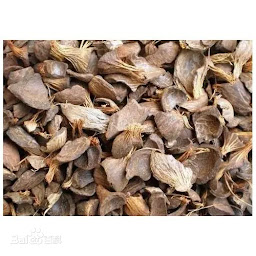What is the best fuel for drying natural rubber during the processing of standard rubber?
- Natural Gas
- Advantages
- High Thermal Efficiency: Stable combustion and easy temperature control for uniform drying.
- Environmentally Friendly: Low emissions of pollutants like sulfur compounds and particulates, meeting modern environmental standards.
- High Automation: Integrates well with smart temperature control systems, reducing manual intervention.
- Disadvantages
- Infrastructure Dependency: Requires pipeline installation, leading to high initial investment.
- Regional Supply Limitations: May not be available in areas lacking natural gas resources.
- Biomass Fuels (Wood Chips, Coconut Shells, Palm Shells, etc.)
- Advantages
- Renewable Resources: Reduces reliance on fossil fuels and has a low carbon footprint.
- Low Cost: Raw materials are easily obtainable.
- Disadvantages
- Residue Management: Combustion residues need regular cleaning.
- Coal
- Advantages
- Economic: Lowest unit heat cost, suitable for large-scale production.
- Mature Technology: Traditional drying equipment is often designed for coal.
- Disadvantages
- High Pollution: Sulfur compounds and dust can yellow rubber, reducing quality.
- Policy Restrictions: New coal projects are banned in many areas, with a risk of phase-out.
- Electricity (Electric Heating/Heat Pumps)
- Advantages
- Zero Emissions: No combustion process, ideal for high-purity requirements (e.g., medical rubber).
- Precise Temperature Control: Prevents localized overheating, ensuring stable physical and chemical properties of rubber.
- Disadvantages
- High Operating Costs: High electricity prices can significantly increase production costs.
- Grid Dependency: Unstable power supply areas need backup generators.
- Applicable Scenario: Suitable for high-end specialty rubber production and companies near abundant electricity sources (e.g., hydropower stations).
- Oil (Diesel, Heavy Oil)
- Advantages
- High Heat Value: Rapid temperature rise, suitable for emergency or intermittent drying.
- Flexibility: No fixed energy supply infrastructure needed, suitable for mobile equipment.
- Disadvantages
- Complex Exhaust Treatment: Requires desulfurization and dust removal devices, increasing maintenance costs.
- Price Volatility: Costs are highly sensitive to international oil price fluctuations.
- Applicable Scenario: Suitable for temporary production in areas with insufficient gas or electricity supply or in remote regions.
For more information on natural rubber processing, please feel free to whatsapp me +86 157 6749 7707.
Zhanjiang Weida Machinery Industrial Co., Ltd.
Website: www.zjweida.net/en






Comments
Post a Comment